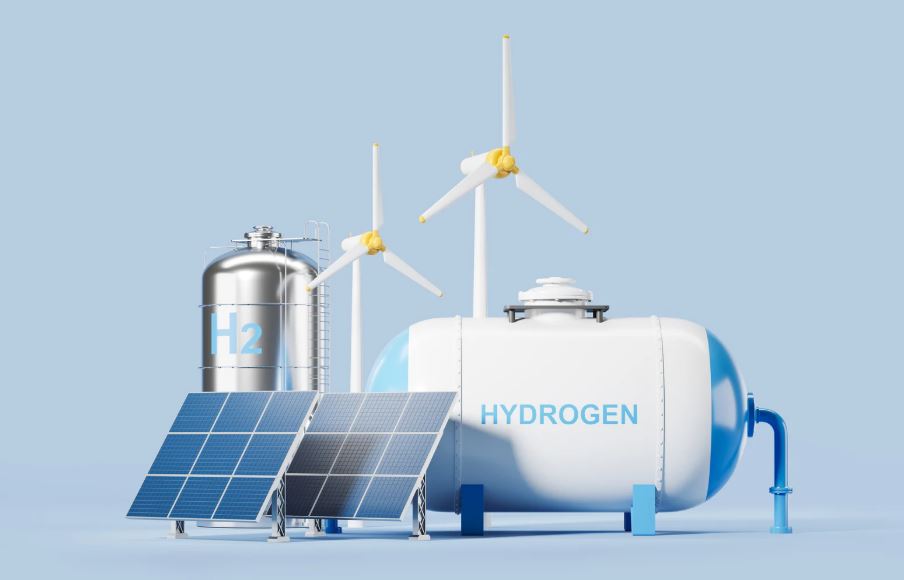Swiss greentech startup Plan-B Net Zero introduced a hybrid system that merges battery storage, green hydrogen, and artificial intelligence to stabilize power grids and improve energy utilization efficiency, at the DA-CH Hydrogen Symposium in Wiener Neustadt.
The design aims to address one of the energy transition’s most pressing technical challenges—the ability of modern grids to maintain stability under increasing renewable penetration and climate volatility.
Europe’s power infrastructure, long optimized for predictable centralized generation, is increasingly strained by the variability of wind and solar feed-in, delays in grid reinforcement, and extreme weather patterns. Traditional robustness—building systems strong enough to resist disturbance—is proving insufficient. Energy systems must now be resilient, able to absorb disruptions, maintain core functionality, and self-recover without systemic failure.
Plan-B Net Zero’s concept responds directly to that paradigm shift. The proposed configuration employs batteries for short-term balancing and green hydrogen for long-term seasonal storage, coordinated through an AI-driven energy management platform. The batteries operate at millisecond response speeds, managing grid frequency and smoothing rapid generation or consumption swings. Hydrogen, meanwhile, provides extended-duration capacity by converting surplus renewable electricity into a storable fuel, which can later be reconverted into power when needed—an increasingly essential function in grids dominated by variable renewables.
The company’s system architecture reflects a growing consensus among grid researchers: no single storage technology can address all timeframes or functions of flexibility. Short-duration lithium-ion batteries remain optimal for frequency regulation and intraday balancing, but their economic and technical limits make them impractical for seasonal storage. Hydrogen, though less efficient on a round-trip basis, provides the volumetric capacity to store gigawatt-hours over months—critical during prolonged low-wind or low-sunlight periods.
The distinctive feature of Plan-B Net Zero’s proposal is its use of artificial intelligence to orchestrate the interaction between these technologies. Leveraging predictive analytics based on weather models, market prices, and real-time grid data, the AI platform dynamically optimizes when to charge batteries, generate hydrogen, or feed power back to the grid. By doing so, it maximizes the utilization rate of self-produced renewable electricity, potentially reducing curtailment losses that in some regions exceed 5–8% annually.
AI-enabled energy management is not an untested concept. Similar initiatives have been pursued by Nvidia, which applies machine learning for grid forecasting, and by consumer-level manufacturers like EcoFlow and Anker, whose smart controllers integrate solar panels with home battery units. However, Plan-B Net Zero’s focus on system-level integration for industrial and regional grids represents an evolution from distributed microgrids toward multi-vector energy resilience.
The European Commission’s Hydrogen Strategy and REPowerEU initiatives both prioritize flexible, cross-sector solutions capable of stabilizing renewable-heavy grids while supporting decarbonization of industrial and transport sectors.
Stay updated on the latest in energy! Follow us on LinkedIn, Facebook, and X for real-time news and insights. Don’t miss out on exclusive interviews and webinars—subscribe to our YouTube channel today! Join our community and be part of the conversation shaping the future of energy.
